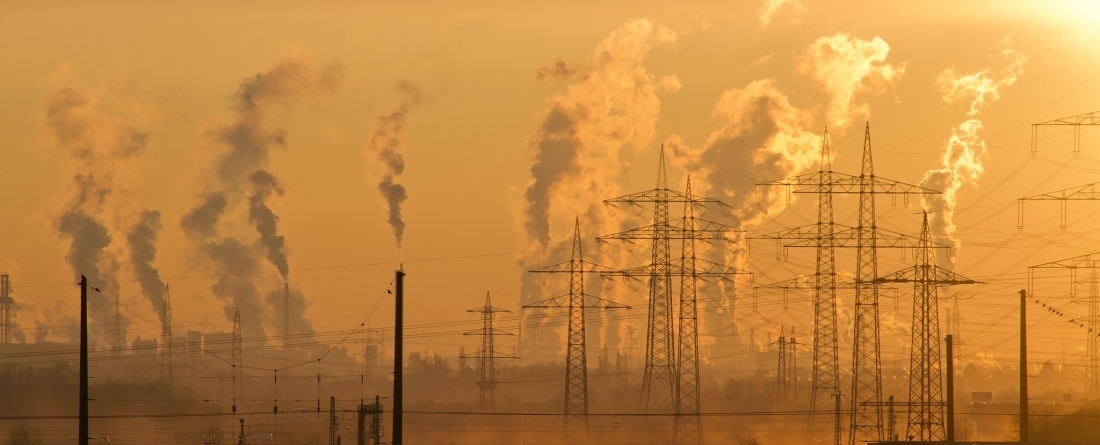
During the first day of the United Nations General Assembly, President Xi Jinping announced that China will stop building new coal plants overseas. This announcement is a necessary step for the world’s largest greenhouse gas emitter and currently a major foreign financier of overseas coal projects. 319 new coal plants are being developed across the world (outside of China), 74 of these plants involve international partners—companies based in a foreign country, and 43 of these involve Chinese partners.
Details about the plan and timeline have yet to be announced. Based on recent analysis from the Center for Global Sustainability (CGS) and Climate Action Lab on the status of global coal:
- China is currently both developing and financing new coal plants internationally.
- China’s announcement potentially affects 43 new coal plants (a total of 35 GW) currently under development by Chinese companies overseas, out of 74—58% of the total—new coal plants that are being developed with international partners.
- Without international developers, many coal plants are less likely to be implemented. The 43 international projects being developed by China are located primarily in Indonesia, Bangladesh, Vietnam, Pakistan, and South Africa.
- Canceling all 43 of these coal plants involving Chinese companies could:
- Reduce CO2 emissions by 145 Mt CO2 by 2030, and avoid a total of 4.35 Gt CO2 cumulative emissions over a 30-year lifetime.
- Avoid stranded assets of over $50 billion if these plants need to be retired early to meet the global 1.5°C goal.
- China’s announcement could affect a larger number of projects if it includes not only those coal plants that are being developed by Chinese companies but all new coal plants outside China that are receiving Chinese financing.
What does this mean for the global movement towards #NoNewCoal?
- Japan and South Korea announced plans to stop overseas coal development earlier this year, hopefully reducing this number even further.
- China has also committed to be more engaged with energy transitions and sustainable development in other developing countries and to shift the Belt and Road Initiative (BRI) towards a low-carbon path.
- Although a large number of new projects globally are not being developed or financed by China, this announcement can create a strong catalytic effect. It sends a strong signal to countries that rely on international finance to build new coal plants. This signal could be particularly important for 210 new coal plants (165 GW) in the pre-construction stage outside China.
- Substantial challenges remain within China. With 88 GW of new coal plants under construction and 159 GW in early development stages, the country continues to add a significant amount of new coal.
More actions are needed to achieve 1.5°C-compatible coal phaseout:
- Building new coal plants is inconsistent with a 1.5°C goal, and accelerated retirement of existing coal plants is needed—specifically, a 2030 phaseout for OECD countries and a 2045 phaseout for the rest of the world is needed.
- Our work develops plant-by-plant coal retirement pathways that support global 1.5°C and national net-zero targets along with multiple societal objectives (e.g., jobs, air pollution, and health).
- China remains the world’s largest coal consumer. Phasing out coal in China is essential for limiting global warming.
Last year, China announced a goal to peak emissions before 2030 and reach carbon neutrality before 2060. It remains to be seen how the country will achieve these goals, but we know a coal phaseout will be essential. China’s announcement to stop building coal plants overseas shows China’s climate actions go beyond its borders and can have a broader global impact. But a timeline and implementation plan are necessary to achieve success.
